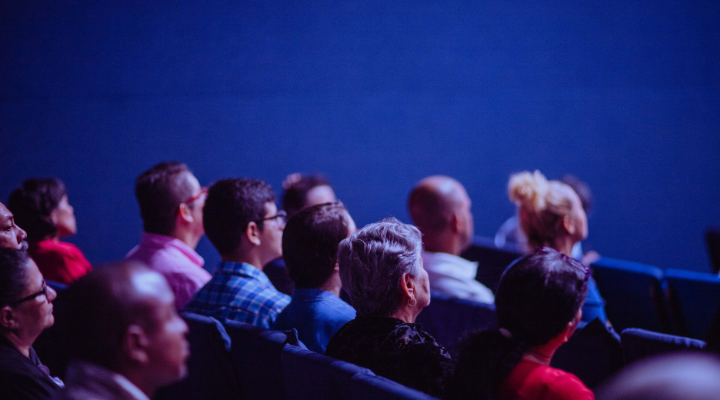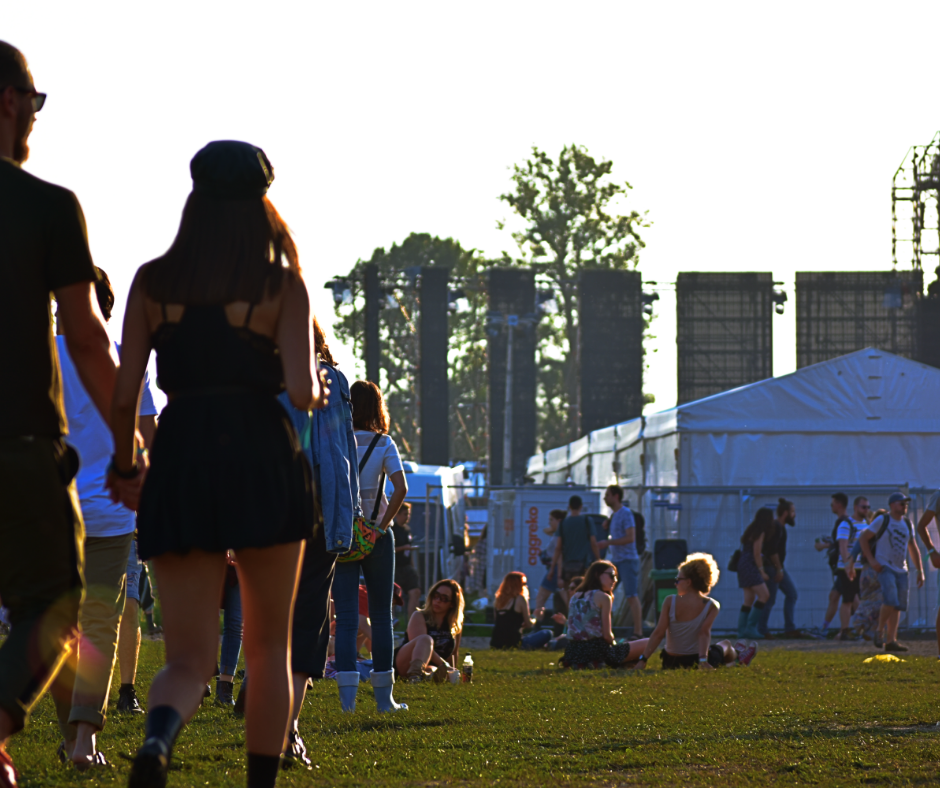What Form of Event Should I Choose from?
Without a doubt, hybrid event form is on the rise. Hybrid events are the combination of virtual and in-person experiences. Due to restrictions in the...

The event industry is constantly growing, which also means that the number of similar events increases all the time. In these circumstances, it becomes essential to differentiate your event from others by offering an outstanding experience and to deliver the content that perfectly meets goals and demands of your event participants. Hence, as an event organizer, you need to know who your audience actually is and what these people want to experience before, during and after the event. Creating the event attendee journey map helps to understand all these!
Designing an event customer journey starts from creating the attendees profiles. These profiles illustrate the most common and desired event participants from various target audience groups. Creating the profiles helps to determine the best opportunities to interact with your attendees and make sure that your communication aligns with their needs. Aim to have around five different profiles representing the majority of your event participants.
Start designing the attendee profiles by answering the following questions:
Once the attendee profiles are created, it’s time to map the interactions that these personas have with the event. This is your event customer journey map!
An event customer journey map (also known as a participant experience map) is a visual representation of the experience that attendees are having at every stage of your event.
The event attendee journey usually includes five key stages:
During this stage the potential event attendees got to know about the event through advertising, social media and public relations. Consider the following aspects:
At this stage, the attendee has already got some information about the event and it’s time to motivate him/her to purchase the tickets. Your goal here is to gradually cultivate the interest in attending the event.
Engagement is the stage when the potential attendee finally makes the decision to buy the tickets or register to the event, and the user experience plays a crucial role here. That’s why make the purchase as simple and convenient as possible. You don’t want to lose interested participants at this stage!
The experience phase is about the event itself and, thus, might be broad and include several sub-phases.
The event is over, but your job is to make attendees come back and bring their friends and colleagues. Use post-event surveys to get to know what went well and what can be done better in the future events.
While designing the journey, feel free to choose any kind of visuals from flowcharts to spreadsheets but make sure it represents the event attendee experience in the most clear and meaningful way.
Here are some examples:
Source: SlideUpLift
Source: Association Analytics
Source: Uxpressia
The journey map doesn’t have to be concise, it can be full of details. In fact, the more details you consider, the better experience you can possibly create for your event participants. At the same time, don’t be afraid to make mistakes. If you organize the event for the first time, it’s highly likely that something won’t go as planned. Within time, you will get to know your attendees better and will be able to create more accurate customer journey maps and gradually enhance the event satisfaction.

Without a doubt, hybrid event form is on the rise. Hybrid events are the combination of virtual and in-person experiences. Due to restrictions in the...

Building a customer experience is one of the backbones of a successful event, but it’s often forgotten during the event planning process, simply...

The Sales Competence at the Center of Growth Project (Myski) is a joint project of Oulu University of Applied Sciences, University of Oulu and the...